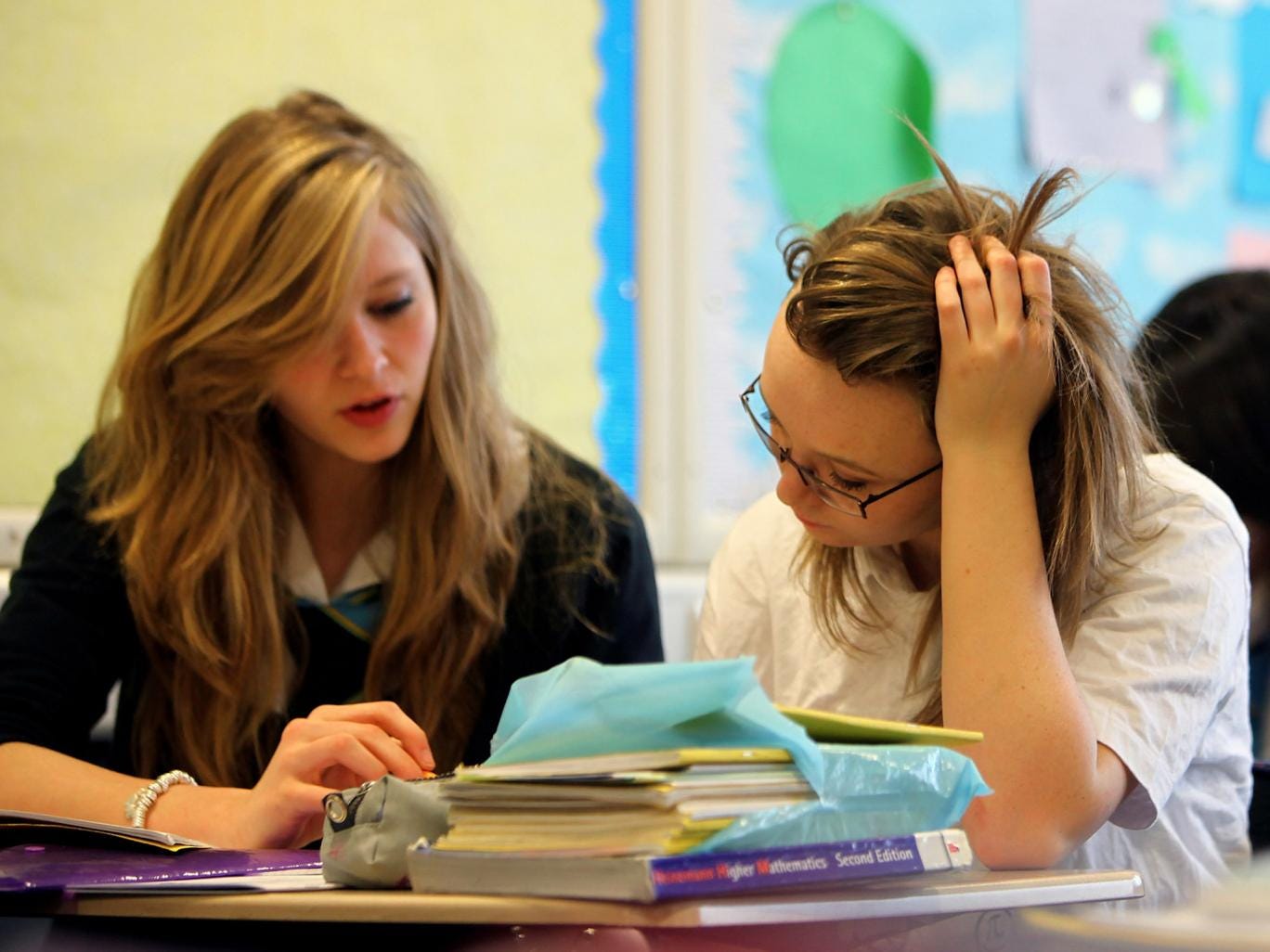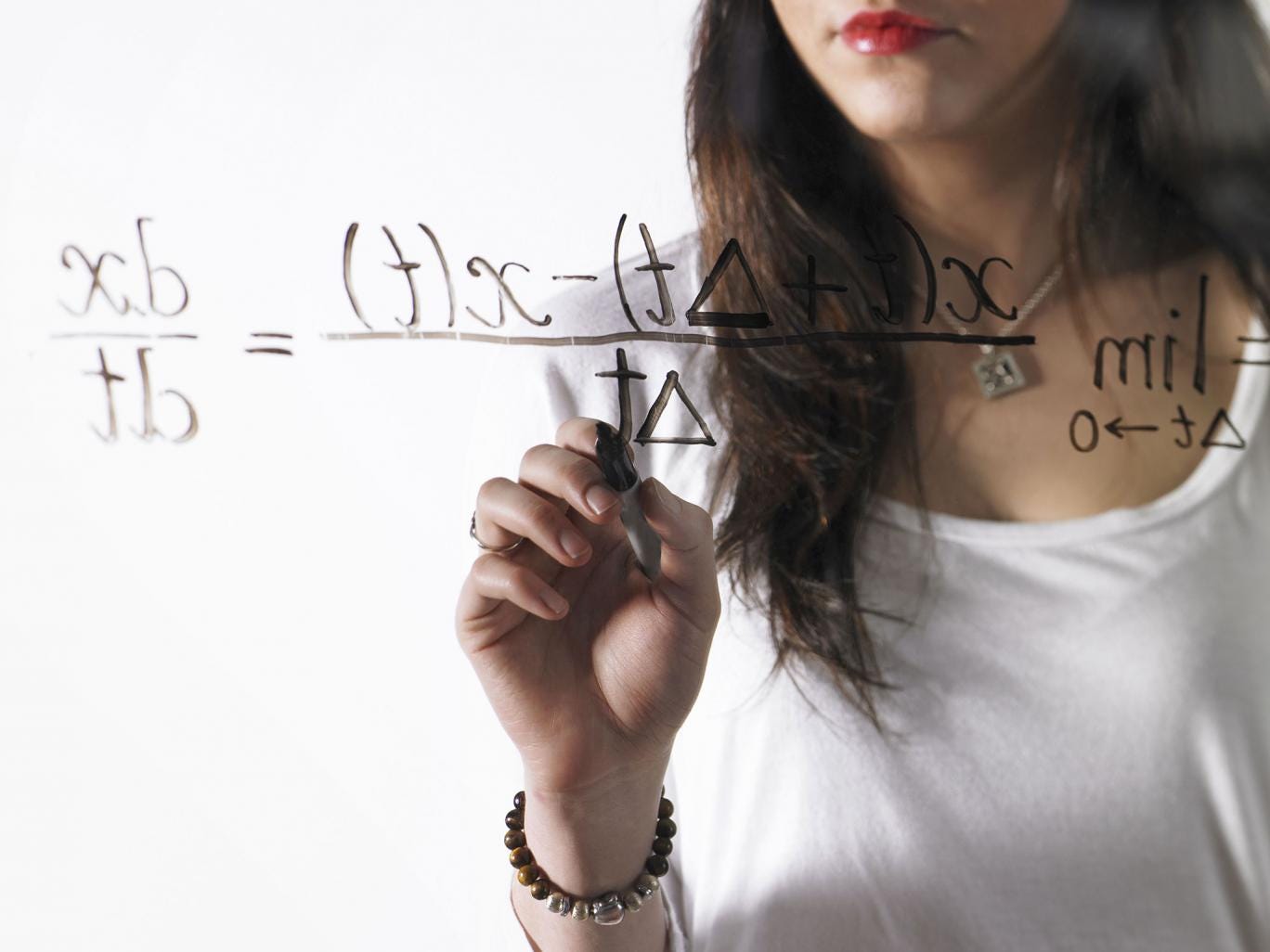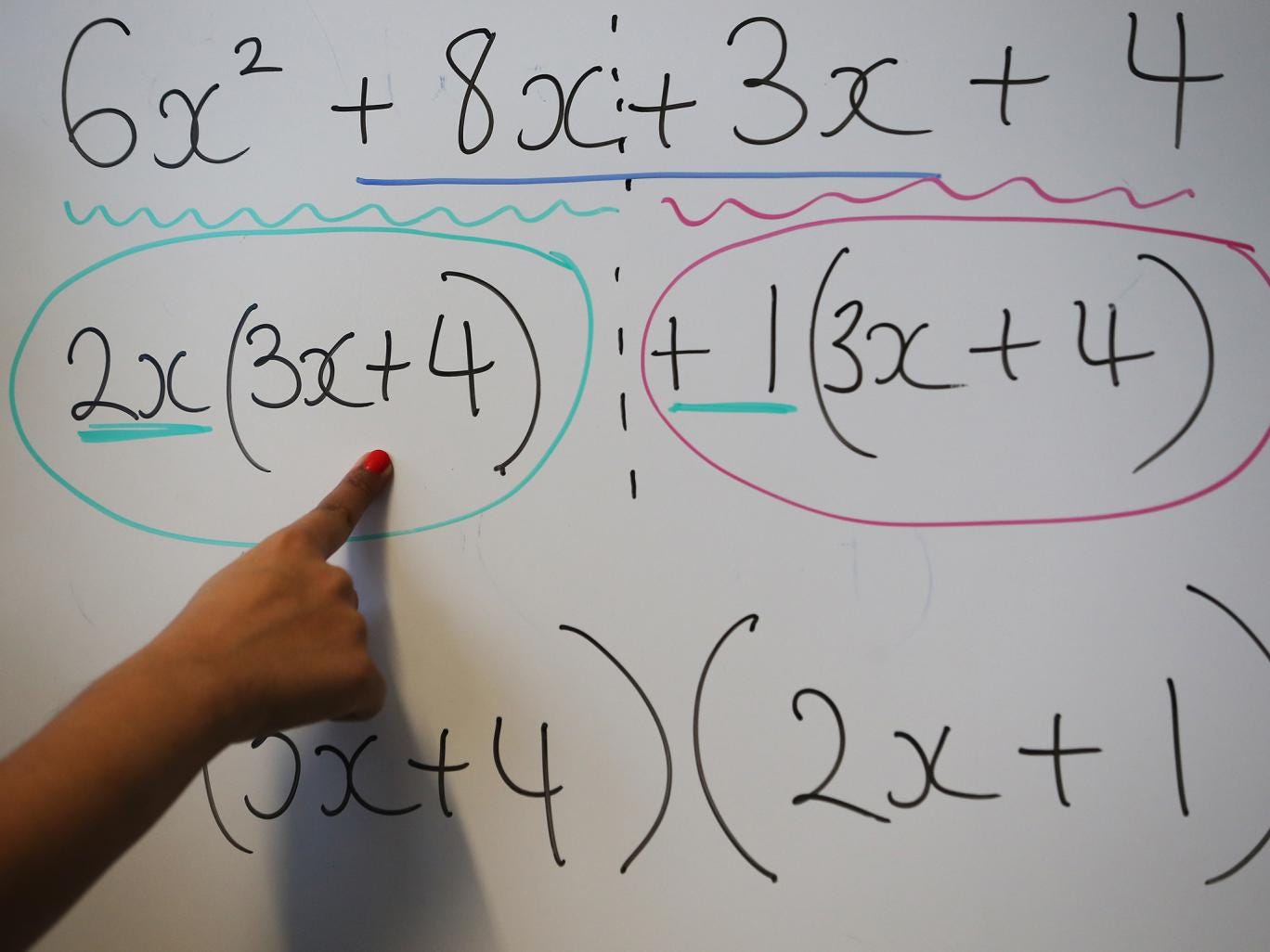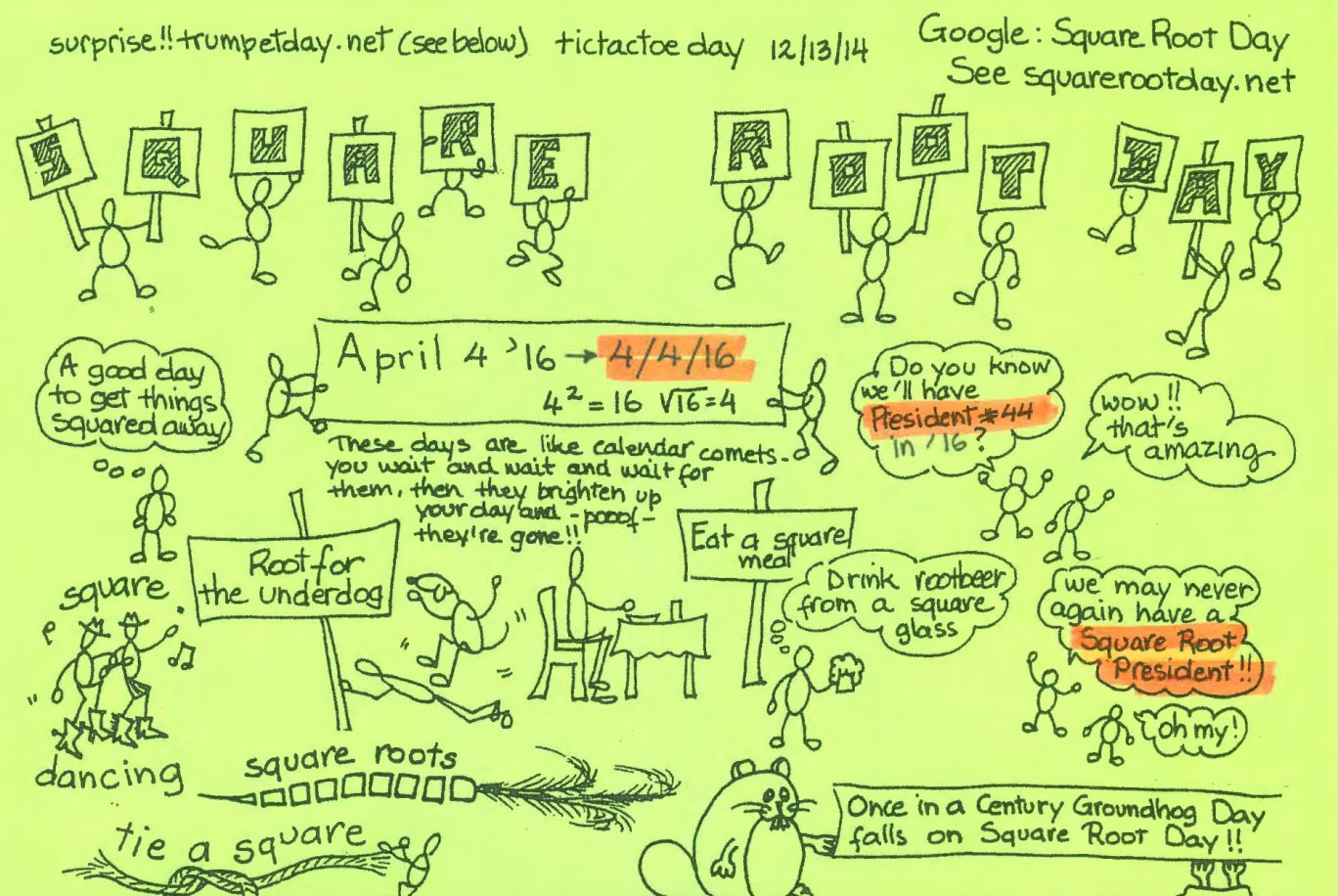When love and maths go together!
Simple mathematical rules, according to the author, can be of great use in life and love.
Updated: April 5, 2015, 4:11 PM IST

Simple mathematical rules, according to the author, can be of great use in life and love.
New Delhi: Mathematics can prove to be a crucial tool for understanding love by negotiating its complicated, often baffling, sometimes infuriating and always interesting mysteries, says maths expert Hannah Fry. In "The Mathematics of Love: Patterns, Proofs, and the Search for the Ultimate Equation", brought out as part of TED Books, the author uses her models to study patterns in human behaviour from riots and terrorism to trade and shopping.
"Love, like most things in life, is full of patterns: from the number of sexual patterns we have in our lifetime to how we choose who to message on an internet dating website. And mathematics is ultimately the study of patterns - from predicting the weather to the fluctuations of the stock market, the movement of planets or the growth of cities. These patterns twist and turn and warp and evolve just as the rituals of love do," the book, published by Simon & Schuster, says.
Simple mathematical rules, according to the author, can be of great use in life and love. "That's why all mathematicians make famously excellent lovers (and dancers). Who knew math could give you such a lovely and moral way to live?" The book seeks to answer several questions like what are the chances of finding love, how important is beauty, how to maximise a night on the town and how to live happily after marriage. It also talks about online dating, the dating game, the maths of sex and settling down.
According to Fry, her aim was not to "replace any of the other excellent sources available on the science of human connection" but "offer a different perspective on the most talked-about subject in the history of human existence, using mathematics as a guide".
She has framed most of the examples in the book using the traditional story of man meets woman. "This is simply because having two clear groups targeting each other can help to make the maths a lot simpler. The choice of examples aside, though, all the results and tips in the book are general enough to apply to any gender and sexuality," writes Fry, a complexity scientist from University College London's Center for Advanced Spatial Analysis.
From evaluating the best strategies for online dating to defining the nebulous concept of beauty, Fry tries to prove that math is a surprisingly useful tool to negotiate the complicated, often baffling, sometimes infuriating, always interesting, mysteries of love.
Fry's first TED talk attracted more than 500,000 views across all TED channels and evolved into her first book "The Mathematics of Love". In the chapter on online dating, the author suggests, "When choosing a profile picture, you should play up to whatever makes you different - including the things that some people might not like. So be proud of that bald patch, show off that ill-advised tattoo, and get that belly out."
So how can one have a successful relationship? "The most successful relationships are the ones with a really low negativity threshold. In those relationships, couples allow each other to complain and work together to constantly repair the tiny issues between them. "In such a case, couples don't bottle up their feelings, and little things don't end up being blown completely out of proportion," Fry says.
High distinction holder, Meghan Hon Le Xuan. – PHOTOS: CHUNG CHING MIDDLE SCHOOL
Achievers from the primary section with their Maths teachers and Head of Primary Section, Chin Chiew Eng




 Maths is the only subject where girls still lag behind boys Getty Images
Maths is the only subject where girls still lag behind boys Getty Images Illuminating: the 'Whirlpool Galaxy' AP
Illuminating: the 'Whirlpool Galaxy' AP . REX Features
. REX Features Andreas Schleicher of the Organisation of Economic Co-operation and Development says that British schoolchildren are falling behind in maths because lessons in the subject are 'a mile wide and an inch deep' Rex
Andreas Schleicher of the Organisation of Economic Co-operation and Development says that British schoolchildren are falling behind in maths because lessons in the subject are 'a mile wide and an inch deep' Rex Education reform remains a key government focusGetty Images
Education reform remains a key government focusGetty Images There are only nine such days every century Ron Gordon
There are only nine such days every century Ron Gordon